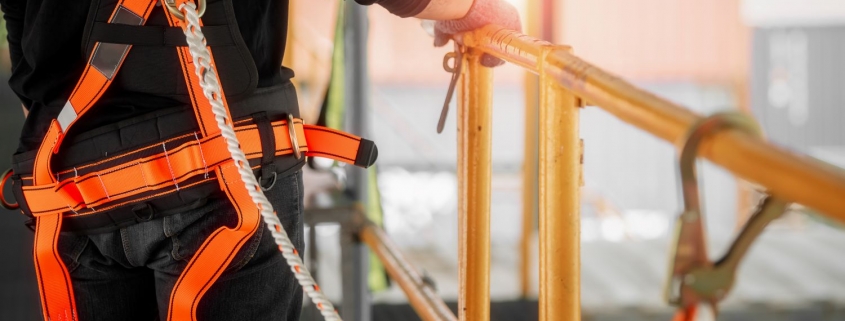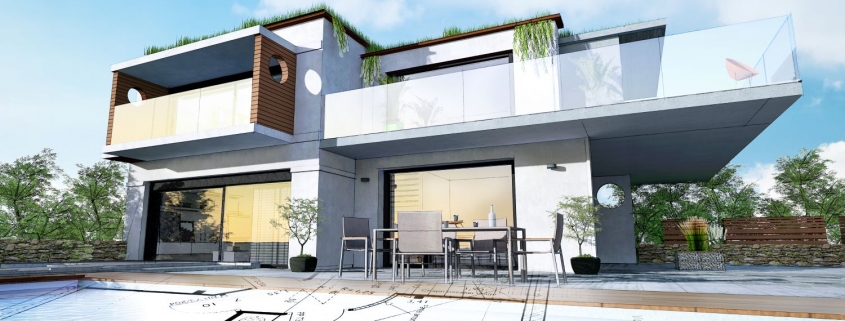Constructing a dream house is not as easy a task as it sounds. It requires a lot of effort along with other items. But since we all want our house to be beautiful and unique, single storey or two storey is the question that pops in our head the first. Well, here we will clear all your doubts and help you with the storey best suitable to your taste.
Advantages of Single Storey Building
Here are a few advantages you can enjoy in a single storey building:
- Faster construction: Single storey building is always made very fast. Though a good amount of planning goes behind such work it is comparatively quicker to build than two storey building. Moreover, you can occupy one portion of the building and stay while the other portion is still under home renovations.
- Money:When it comes to constructing a building, it usually requires a good amount of money. Hence if you are on a budget and want to build your dream house try to go for a single storey. It is very cost-effective and is lower on building cost.
- A lot of natural lighting:The maximum amount of natural lighting is possible in a single storey building. This is possible because natural light can be obtained from different angles in a single storey building. It can be the roof, windows, etc. it also saves on electricity.
Disadvantages of Single Storey Building
- A large area or floor spacing is required when making a single storey building.
- It requires a good amount of money on ventilation and heating. It also requires deep cleaning of windows.
Advantages of Two-Storey Building
- Use of space:Double-story building gives you optimal usage of your area. It will provide you a larger space for living even though your block is small. This type of buildings is excellent for suburban areas.
- Privacy:Two storey buildings are great for providing privacy. Single storey buildings are often clustered together but in a two storey building rooms can vary. For example, the bedroom can be on the second floor while the living room can be on the first floor. If you want home extensions, that can also be a good idea.
- View:If you bought a property that has an amazing view, two storey building is great for enjoying the view. Whether it’s a coastal area or a hillside, two storey building is perfect to enjoy the mesmerizing view. If you are looking for two storey house designs, try checking online.
Disadvantages of Two-Storey Building
- Accessibility issues:Since two storey buildings are present with stairs, people who are quite old or anyone with mobility issues will face a lot of problems climbing up those stairs. People who are in wheelchairs will not be able to go on the second storey until they have not spent some extra dollars to buildwheelchair-accessible stairs.
- Certain structural limitations:Two storey buildings are not that flexible when it comes to design and interior decorations. Since the ground floor is technically supporting the upper floor, there are certain limitations with the design layout.
- Heating costs:Weather can be a big blunder when you want to get a two storey building. This is because you will be bound to adjust the temperature inside of the house only to find it more challenging. In the end, you will be paying more than the regular heating and cooling costs.




